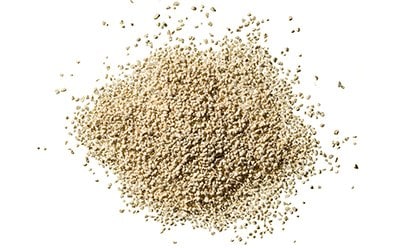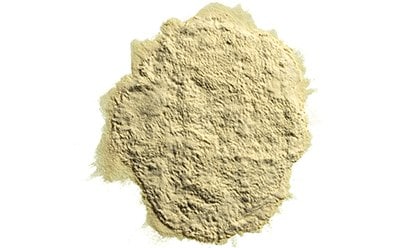Microbial Culture Media Raw Materials
Culture media raw materials are the core ingredients used to prepare own culture media formulations. We offer an extensive portfolio of granulated and powdered biological raw materials that include dehydrated raw materials, such as peptones, agar-agar, and extracts, as well as additives. They are available in many varieties to meet a wide range of microbiology applications. Dehydrated raw materials available in granulated format facilitate safe handling and optimal performance. Granulated raw materials produce less dust contamination of the laboratory environment and dissolve quickly to ensure optimal flow properties. All our raw materials combine handling safety and optimal performance. Our strict quality control and assurance standards are the basis for their production.
Read more about
Products
Peptones and Extracts
Peptones are a mixture of water-soluble polypeptides, peptides, amino acids, and other substances remaining after protein material digestion. Peptone quality is determined by selected raw material quality, digestion, or hydrolyzation parameters. Extracts are natural, dried, and purified extracts from yeast, plants, and animal-derived material, often used as a source of proteins, sugars, and essential grow factors. Raw materials must be stored to prevent spoilage organism growth. A variety of peptones and extracts are available for our customers that are made from selected quality materials and are suitable for a wide range of microbiological applications. For ethical and environmental reasons, we provide also one of the largest selections of plant peptones and extracts.
Agar-agar
Agar-agar is used to prepare solid, agar-based culture media and is the cell wall polysaccharide that structures the cellular cohesion of seaweed. The ideal agar-agar for microbiological use is free of impurities, heat-resistant bacteria, and any substances that inhibit microorganism growth. The red algae genera containing agar-agar include Gelidium, Gracilaria, Petrocladia, and Anpheltia. The agar-agar manufactured from Gelidium sesquipedale ensures the best quality for bacteriological purposes.
Additives
Most selective media require special additives to ensure optimal performance for isolating and identifying specific microorganisms. We provide additional flexibility by offering a wide range of well suited additives, such as antibiotics, selective agents (e.g. bile salts and detergents), glycerol, sugars, buffers, salts, and growth factors. Culture media preparation or the addition of additives is time-consuming and a possible source of contamination. For your convenience, we also offer a wide range of both granulated and powdered culture media ready for media preparation.
Related Resources
- Vegetable and Plant Peptones: Alternatives to Animal-derived Peptones in Microbiology
Plant-based vegetable peptones are strictly of non-animal origin, so they pose no risk of carrying animal and human diseases such as BSE into fermentations and produced materials.
- Base Ingredients of Microbiology Media
Culture media provides a habitat with suitable nutrients, energy sources, and certain environmental conditions for the growth of microorganisms. The components of the culture media range from simple sugars to peptones, salts, antibiotics, and complex indicators.
- Microbiology Theory: Media Preparation
Microorganisms need nutrients, a source of energy and certain environmental conditions in order to grow and reproduce. In the environment, microbes have adapted to the habitats most suitable for their needs, in the laboratory, however, these requirements must be met by a culture medium.
- Viable but Nonculturable (VBNC) Bacteria
Viable but nonculturable (VBNC) bacteria describes cells that cannot be normally cultured however, “resuscitation” of these cells can be mediated by a physical and different kind of chemical stimuli.
- Microbiology Introduction
Introduction to Microbiology Theory. An initial aim of all microbiologists is the reproducible growth of their microbial cultures, no matter whether the microorganisms are of natural origin or have been genetically engineered by man.
- Microbiology Theory: Media Preparation
Microorganisms need nutrients, a source of energy and certain environmental conditions in order to grow and reproduce. In the environment, microbes have adapted to the habitats most suitable for their needs, in the laboratory, however, these requirements must be met by a culture medium.
- EN ISO 11133:2014 Quality-assured Culture Media for Food and Water Testing to Enhance Consumer Safety
EN ISO 11133:2014 - Mandatory standard for media preparation, production, storage and performance testing. In May 2014, the International Organization for Standardization (ISO) published the revised EN ISO 11133, which is now a full standard and as such, mandatory for all accredited laboratories that perform microbiological testing of food, animal feed or water using culture media.
- EN ISO 11133 and Water for the Preparation and Performance Testing of Microbiological Culture Media
See how two water sources compare when preparing and performance testing microbiological culture media acc. to EN ISO 11133: centrally purified water vs. water from a Milli-Q® IX system were assessed. Tests included media specific for Listeria and Salmonella pathogens.
To continue reading please sign in or create an account.
Don't Have An Account?
